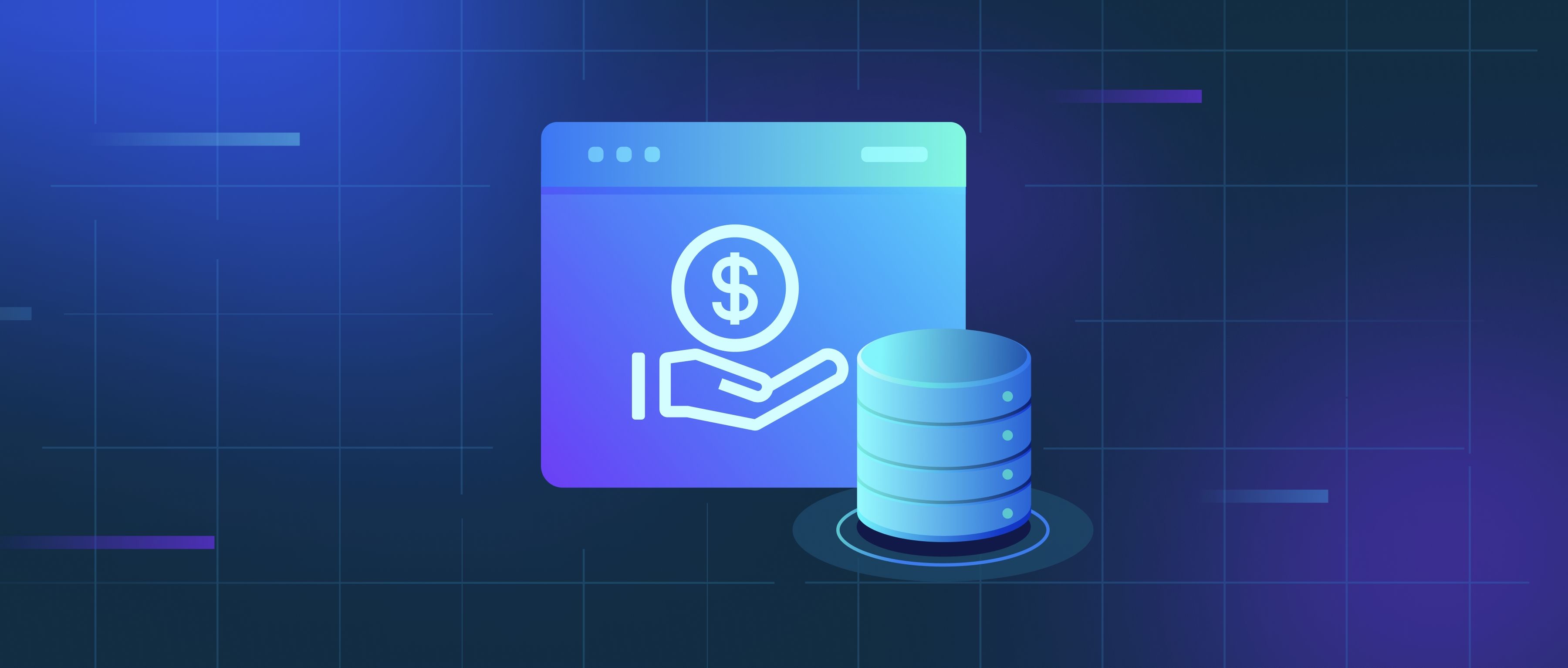Quantum computing manages quantum state manipulation through the principles of quantum mechanics, notably superposition and entanglement. In classical computing, bits represent information as either a 0 or a 1. In contrast, a quantum bit, or qubit, can represent both 0 and 1 simultaneously due to superposition. This allows quantum computers to process a vast amount of data in parallel. Manipulating these qubits involves applying quantum gates, which are fundamental building blocks in quantum circuits, similar to how classical logic gates work with bits.
Quantum gates manipulate qubits using specific physical phenomena. For example, the Hadamard gate creates superposition by transforming a qubit from a definite state (0 or 1) into a state where it has equal probabilities of being measured as 0 or 1. Additionally, other gates like the CNOT (Controlled-NOT) gate create entanglement, a phenomenon where the states of two qubits become correlated regardless of the distance between them. This entangled state allows for complex operations spanning multiple qubits, providing powerful capabilities for solving certain problems more efficiently than classical computers can.
Overall, the manipulation of quantum states relies on precise control over qubits and their interactions within a quantum system. Developers can create quantum algorithms that take advantage of these properties to perform tasks like factoring large numbers or searching databases more effectively. As quantum hardware and algorithms continue to advance, understanding how to manipulate these quantum states will be crucial for taking full advantage of what quantum computing can offer.
